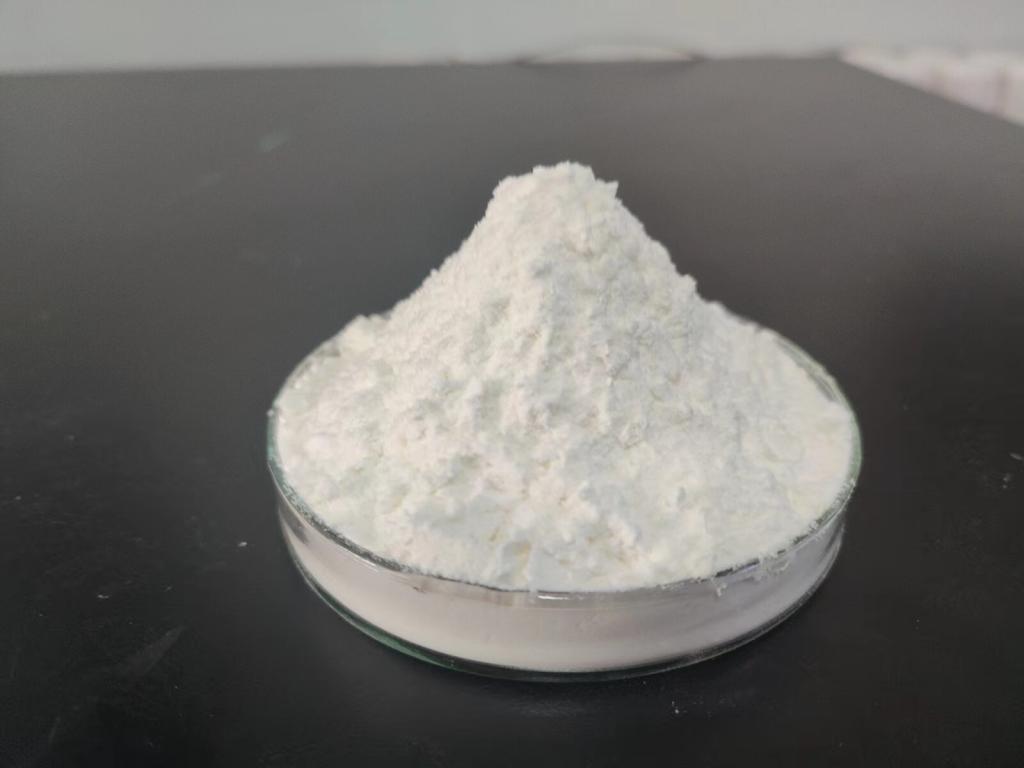Tel:+8618231198596

News
 CONTACT
CONTACT
 CONTACT
CONTACT
- Linkman:Linda Yao
- Tel: +8618231198596
- Email:linda.yao@dcpharma.cn
- Linkman:CHARLES.WANG
- Department:Overseas
- Tel: 0086 0311-85537378 0086 0311-85539701
News
Current Position:
Home >
News
>Evaluating the effectiveness of ε-Polylysine hydrochloride in seafood products.
Evaluating the effectiveness of ε-Polylysine hydrochloride in seafood products.
TIME:2024-04-26
1. Antimicrobial Activity of ε-Polylysine Hydrochloride
ε-Polylysine hydrochloride is a cationic polypeptide composed of multiple lysine residues linked by peptide bonds. It exhibits broad-spectrum antimicrobial activity against a wide range of Gram-positive and Gram-negative bacteria, as well as yeasts and molds. Its mechanism of action involves disrupting microbial cell membranes, leading to cell lysis and inhibition of growth. ε-Polylysine hydrochloride's effectiveness against pathogens makes it an attractive option for enhancing the safety of seafood products.
2. Application Methods
a. Direct Addition: ε-Polylysine hydrochloride can be directly added to seafood products during processing or incorporated into marinades, brines, or coatings to inhibit microbial growth. This approach ensures uniform distribution of the antimicrobial agent throughout the product and allows for precise control of its concentration to achieve the desired effect.
b. Surface Treatment: ε-Polylysine hydrochloride can be applied as a surface treatment to seafood products, such as fish fillets or shrimp, to prevent surface contamination and extend shelf life. Surface application methods include spraying, dipping, or coating the product with ε-Polylysine hydrochloride-containing solutions or films.
c. Packaging Incorporation: ε-Polylysine hydrochloride can be incorporated into packaging materials, such as films or coatings, to provide active antimicrobial protection against microbial contamination during storage and distribution. Packaging incorporation offers a convenient and effective way to maintain the freshness and safety of seafood products throughout their shelf life.
3. Regulatory Considerations
In many countries, ε-Polylysine hydrochloride is approved for use as a food additive, with established maximum residue limits (MRLs) and safety assessments conducted by regulatory authorities. However, there may be specific regulations and guidelines governing the use of ε-Polylysine hydrochloride in seafood products, particularly in terms of allowable concentrations and labeling requirements. Compliance with regulatory standards is essential to ensure the safety and legality of ε-Polylysine hydrochloride-treated seafood products.
4. Potential Impact on Product Quality
While ε-Polylysine hydrochloride is effective in controlling pathogens in seafood products, its application may also affect product quality attributes such as texture, flavor, and color. Careful consideration must be given to the concentration and application method of ε-Polylysine hydrochloride to minimize any adverse effects on product quality while ensuring adequate microbial control.
Conclusion
ε-Polylysine hydrochloride shows promise in controlling pathogens in seafood products and enhancing their safety and shelf life. Its broad-spectrum antimicrobial activity, diverse application methods, and regulatory approval make it a valuable tool for seafood producers seeking to improve the safety and quality of their products. However, further research is needed to optimize its application parameters and evaluate its long-term effects on product quality. By harnessing the potential of ε-Polylysine hydrochloride, the seafood industry can better protect consumers from foodborne pathogens and ensure the continued availability of safe and high-quality seafood products.
- Tel:+8618231198596
- Whatsapp:18231198596
- Chat With Skype







